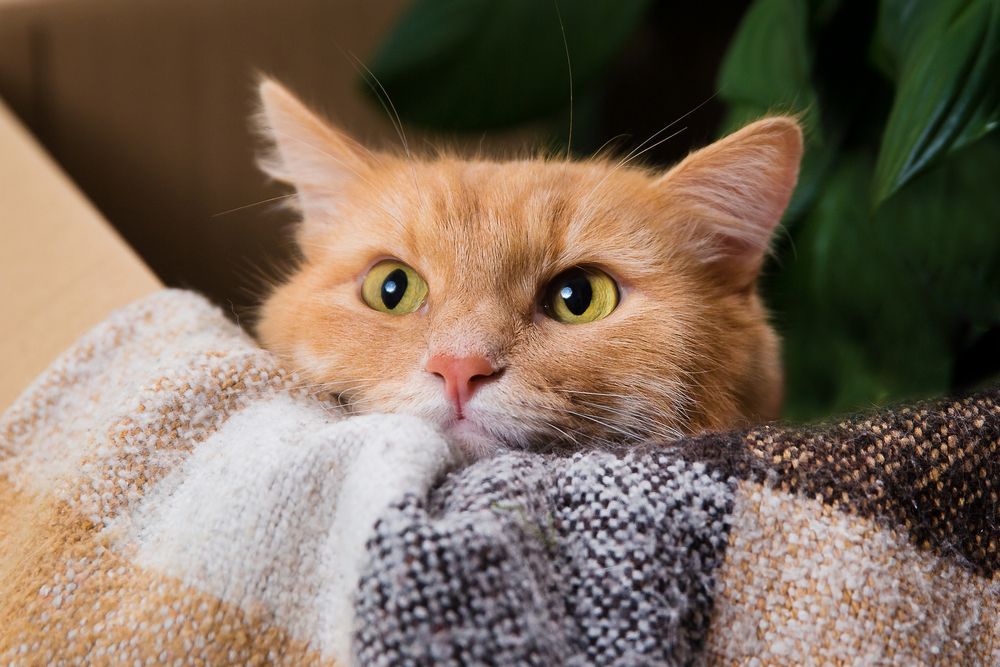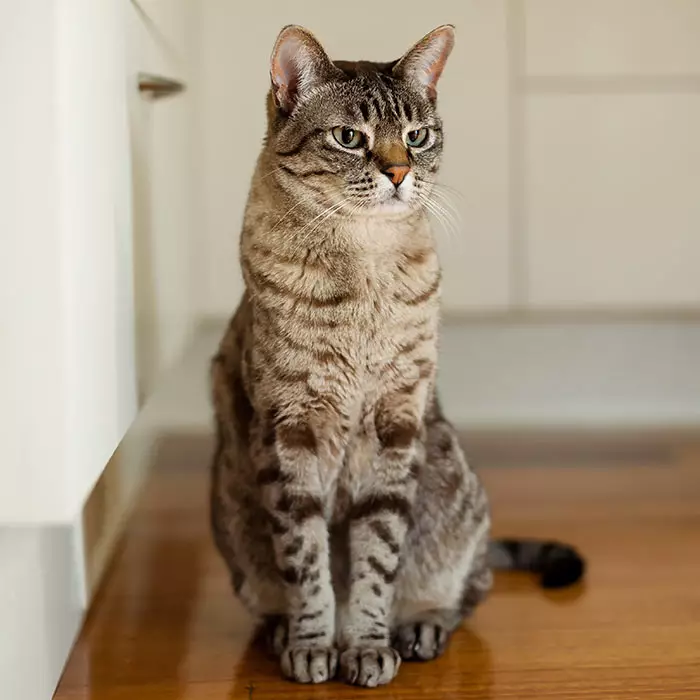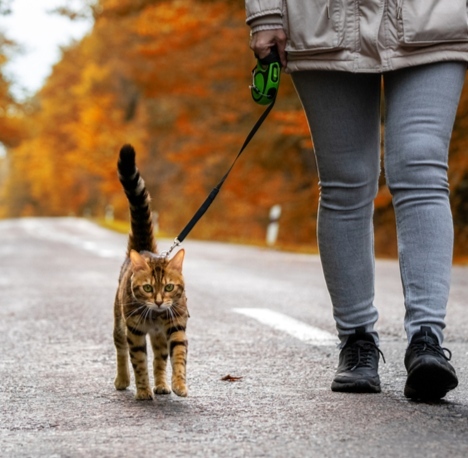Moving house with a cat
Whether you and your cat are moving to a new house in the same area, or to a different part of the country, it’s bound to be disrupting, stressful and challenging for both of you. However, there are certain things you can do to help your cat keep calm before, during and after the move to help her settle into her new surroundings. If you are making a long-distance move, you’ll also need to prepare your cat well in advance for the car trip, so be sure to read our article Travelling with cats: Tips for travelling with a cat in a car.
Packing up your old house
During the build up to moving day, your cat will probably start to feel unsettled by all the changes to her familiar environment, such as packing boxes popping up everywhere and furniture and other familiar items being displaced or disappearing altogether. On top of that, strangers coming in and out, unfamiliar scents and empty rooms can all add to her stress and anxiety.
To make the packing up process as easy as possible for her, choose a quiet room in your old house to be her safe haven. A good idea is to pack up this room first, and then leave it untouched until the very last minute. Get her accustomed to this room about a week before you move by placing her carrier, bed, litter tray, toys, food and water bowls in it. It should become a familiar and safe place for her that is removed from the tumult occurring in the rest of the house.
Top tip
- Don’t wash your cat’s bedding before moving day – you want to take her familiar scent with her to your new home.
Moving day
On moving day, give your cat some cuddles and place her into her carrier with a supply of fresh water. Cover the carrier with a cloth to keep it dark and calm. You can then leave her in the carrier in her “safe” room while you attend to the move.
If you’re concerned that she will get stressed, it can be helpful to spray her carrier or blanket with a calming pheromone or you can give her Zylkene, a natural anti-anxiety supplement which is based on casein.
Moving into your new house
The key to moving a cat to a new house is familiarity, so start to make your new surroundings more recognisable for your cat as soon as you can after your arrival. In much the same way you prepared a safe haven in your old house, choose a quiet room in the new house and place your cat’s bedding, litter tray, toys and a bowl of fresh water in it.
Stroke and soothe her while gently rubbing a soft cloth on her face and neck. This will pick up her natural pheromones, which you can then wipe onto new surfaces in the house at cat height to help her feel more secure. You can also add an item of your clothing to her bedding to provide her with more reassuring scents, and any other things that smell like your old home.

Allow her some uninterrupted peace and quiet to explore her new surroundings. Keep her confined in her room until the removalists have left and you’ve checked the rest of the house for any hazards and ensured that all doors and windows are securely closed. Of course, check on her regularly to make sure she’s okay and to give her some reassurance. Only once you’ve finished unloading and unpacking should you open the door and let her gradually explore the rest of the house one room at a time.
Top tip
- If your cat is particularly attached to you, you can put a T-shirt or other clothing item you’ve worn in the room – these items will also help her to feel “at home”.
Some cats accept their new home quite quickly while others need a longer time to adapt. It can help if you’re able to spend some time with her at home during the first few days and weeks to help her settle in better. Don’t rush things; let her take as long as she needs to get accustomed to the sounds and smells in her new surroundings.
If she’s an indoor-outdoor cat, you’ll need to give her at least a week to get used to her new indoor environment before letting her outdoors. When you introduce her to the new garden and outside area, keep an eye on her for the first few days. Be on the lookout for any potential dangers, including insecure fences, chemicals, plants that are toxic to cats, and rat poison.
When you feel that it’s safe to let her outside alone, keep her initial outings short – a good way to do this is to let her out just before mealtimes and after a few minutes, lure her back inside with familiar feeding time noises, such as clanging bowls or shaking bags of food. Over the course of a week or two, gradually extend the length of her outdoor visits as she gains confidence in her new surroundings.
Bow Wow Meow Pet Insurance can help protect you and your cat should an unexpected trip to the vet occur.
-
Find out more about our cat insurance options
-
Get an online pet insurance quote










